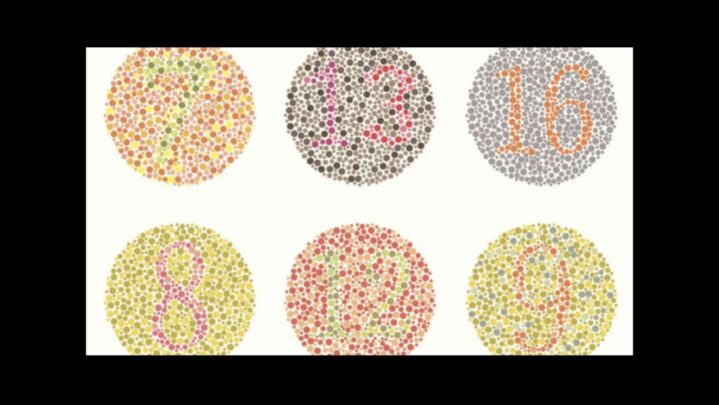Color blindness arises when difficulties with the color-sensing pigments in the eye cause problems or an inability to distinguish colors.
Here are the different types of color blindness
Different types of color blindness cause difficulties in seeing different colors.
1. Red-green color blindness
There are 4 types of red-green color blindness
Deuteranomaly
It is the most common type of red-green color blindness. It makes green look redder. This type is not very severe and doesn’t usually get in the way of your regular activities.
Protanomaly
It makes red look more green and less bright. Even this type is mild and doesn’t get in the way of your normal activities.
Protanopia and deuteranopia
Both make you totally unable to recognize the difference between red and green.
2. Blue-yellow color blindness
There are 2 types of blue-yellow color blindness
Tritanomaly
Tritanomaly makes it difficult to tell the difference between yellow and red, and between blue and green.
Tritanopia
Tritanopia makes you unable to recognize the difference between purple and red, blue and green, and yellow and pink.
3. Complete color blindness
If you possess complete color blindness, you can’t at all see colors. This is also called monochromacy, and it’s relatively uncommon. Depending on the type, you may also have difficulty seeing clearly and you might be extra sensitive to light.
Various causes can lead to color blindness
1. Heredity
The majority of color deficiency occurs due to heredity. It generally passes from mother to son. Inherited color blindness doesn’t result in blindness or other vision loss.
2. Diseases
You can also have color blindness due to disease or injury to your retina. Diseases such as Diabetes, Parkinson’s disease, Alzheimer’s disease, and Multiple sclerosis can lead to colour blindness.
3. Medications
Some of the medications can result in color blindness. They include the antipsychotic pills, chlorpromazine and thioridazine.
Keep reading Successyeti.com
Also Read: Treatment And Causes Of Chronic Pain





